43 r cut lengths of 'breaks' and 'labels' differ
Line Breaks Between Words in Axis Labels in ggplot in R Line breaks in axis labels Just one line made the plot look much better, and it will carry over to other plots you make as well. For example, you could create a table with the same variable. Horizontal Boxes Here we can see the difference in a box plot with horizontal boxes. It's up to you to decide which style looks better: CUT in R ✂️ with cut() function [CATEGORIZE numeric ... Error in cut.default (age, breaks = c (14, 24, 64, Inf), labels = c ("Children",: lengths of 'breaks' and 'labels' differ Nonetheless, if you have specified 4 break values and 4 labels, as the breaks are intervals, you are generating three intervals instead of four (14-24, 24-64 and 64-Inf) .
Cut and labels/breaks length conflict - Stack Overflow I use the same variable to generate both breaks and labels, with minor formating on the label side. I thought they might for some reason have different lengths when comparing to a character vector, but they appear to have the same length, still. > sq<-seq(0,100000,10000) > cut(sample(1:100000, 500, T),breaks=sq,labels=sprintf("$%.0f",sq))

R cut lengths of 'breaks' and 'labels' differ
Basics of Histograms | R-bloggers Of course, you could give the breaks vector as a sequence like this to cut down on the messiness of the code: hist(BMI, breaks=seq(17,32,by=3), main="Breaks is vector of breakpoints") Note that when giving breakpoints, the default for R is that the histogram cells are right-closed (left open) intervals of the form (a,b]. Set Axis Break for ggplot2 - cran.r-project.org Feature 1: Compatible with ggplot2. Feature 2: Multiple break-points are supported. Feature 3: Zoom in or zoom out of subplots. Feature 4: Support reverse scale. Feature 5: Compatible with scale transform functions. Feature 6: Compatible with coord_flip. Feature 7: Compatible with facet_grid and facet_wrap. Feature 8: Compatible with legends. cut() creates NA break category in R - Stack Overflow 18 Nov 2020 — You can append Inf or -Inf to take care of all the blocks outside the range i.e. c(-Inf, seq(0, (max(length)+50), by = 50), Inf) in breaks · @ ...
R cut lengths of 'breaks' and 'labels' differ. 15 Questions All R Users Have About Plots | DataCamp The 15 Questions. How to Draw an Empty R Plot. How to Set the Axis Labels and Title of the R Plots. How to Add and Change the Spacing of the Tick Marks of Your R Plot. How to Create Two Different X- or Y-axes. How to Add or Change the R Plot's Legend. How to Draw a Grid in Your R Plot. R Basics | Modifying Axes and Scales - Stats Education Breaks and Labels. We not only like to be able to change the labels of scales but it can be helpful to choose the tick marks as well. The breaks argument controls what values appear as the tick marks on axes and keys.. df <- data.frame(x = c(1, 3, 5) * 1000, y = 1) axs <- ggplot(df, aes(x, y)) + geom_point() + labs(x = NULL, y = NULL) axs axs + scale_x_continuous(breaks = c(2000, 4000)) axs ... R Primer of 'cut' function - RPubs 3 Jan 2017 — The error says lengths of 'breaks' and 'labels' differ , but the lengths are both '3'. There are three labels and three breaks. r - The error "Breaks and labels are different lengths" appears when ... The problem with defining a 0,0.25.. labels for every plot is, you might have different number of breaks depending on the range. You can see for the plot above (plot_17_count), it has only 3 breaks. For you to place the percentiles correctly, you need to access the hexbin count inside geom_hex.. which might not be so easy.
Error while using a defined function - Error in cut.default lengths of ... Subscribe to the mailing list. Submit Answer. privacy-policy | terms | Advertise | Contact us | About Cut Procedure - Why do breaks and labels produce an error ... 7 Apr 2021 — R complains: Error in cut.default(v$MeanEducation, breaks = breaks, include.lowest = TRUE, : lengths of 'breaks' and 'labels' differ Using the scales package - R Visualization Tips A number to round to. Use (e.g.) 0.01 to show 2 decimal places of precision. If NULL, the default, uses a heuristic that should ensure breaks have the minimum number of digits needed to show the difference between adjacent values. label date / times. label_date() and label_time() label date/times using date/time format strings. Why does `cut` object to my labels? - Stack Overflow The breaks vector has to be one element longer than the labels vector: you need both a lower and an upper cutoff for each category.
R语言中breaks and labels are different lengths? - 知乎 应该是绘图过程中(比如ggplot2)出现的error吧。. 如果没有理解错的话问题应该是labels和breaks这两个arguements子集数不同:labels是图中所显示标注的刻度(主观),breaks是实际中要分成的刻度(客观),所以两者应该相匹配,比如以下代码中数据被五个值分段 ... Split Vector into Chunks in R - GeeksforGeeks cut () is the function that takes three parameters one parameter that is a vector with sequence along to divide the vector sequentially, second is the chunk number that is for number of chunks to be divided and the last is for labels to specify the chunks range Note: If the label is FALSE, it will not display the chunk size. Makes the output of `cut` a `list` with the values of `cut` and a `data ... Makes the output of `cut` a `list` with the values of `cut` and a `data.frame` with the lower and upper values of each interval. Raw CUT.R CUT <- function ( x, breaks, labels = NULL, include.lowest = FALSE, right = TRUE, dig.lab = 3L, ordered_result = FALSE, ...) { if (! is.numeric ( x )) stop ( "'x' must be numeric") if (length ( breaks) == 1L) { Basic Mapping - GitHub Pages We pass the vector of observations and the vector of breaks and then specify some important options. The default in cut is to create labels for the categories as strings that show the lower and upper bound. Instead, we want to have a numeric code, so we set the option labels=FALSE (the opposite of the default).
cut in R: How to Use cut() Function in R - R-Lang The cut () is a built-in R function that divides the range of x into intervals and codes the values in x according to which interval they fall. To convert Numeric to Factor in R, use the cut () function. Syntax cut (nv, breaks, labels = NULL, include.lowest = FALSE, right = TRUE, dig.lab = 3, ordered_result = FALSE, …) Arguments
cut: Convert Numeric to Factor Values which fall outside the range of breaks are coded as NA, as are NaN and NA values. Note Instead of table (cut (x, br)), hist (x, br, plot = FALSE) is more efficient and less memory hungry. Instead of cut (*, labels = FALSE), findInterval () is more efficient. References
Breaks and labels are different lengths. Make sure all the breaks you ... New issue Breaks and labels are different lengths. Make sure all the breaks you specify are with in the limits. #176 Closed yunfeiguo opened this issue on Aug 15, 2018 · 2 comments yunfeiguo on Aug 15, 2018 edited has2k1 added the invalid label on Aug 16, 2018 yunfeiguo on Aug 16, 2018 yunfeiguo closed this as completed on Aug 16, 2018
Divide a Vector into Ranges in R Programming - cut() Function cut () function in R Language is used to divide a numeric vector into different ranges. Syntax: cut.default (x, breaks, labels = NULL, include.lowest = FALSE, right = TRUE, dig.lab = 3) Parameters: x: Numeric Vector. break: break points of the vector. labels: labels for levels.
Set Axis Breaks of ggplot2 Plot in R (3 Examples) In this R programming tutorial you'll learn how to change the axis tick marks of a ggplot2 graphic. The tutorial will consist of the following content: 1) Exemplifying Data, Add-On Packages & Basic Graphic. 2) Example 1: Manually Specify X-Axis Ticks in ggplot2 Plot. 3) Example 2: Manually Specify Y-Axis Ticks in ggplot2 Plot.
scale_continuous function - RDocumentation Run this code. # NOT RUN { p1 <- ggplot (mpg, aes (displ, hwy)) + geom_point () p1 # Manipulating the default position scales lets you: # * change the axis labels p1 + scale_x_continuous ("Engine displacement (L)") + scale_y_continuous ("Highway MPG") # You can also use the short-cut labs (). # Use NULL to suppress axis labels p1 + labs (x ...
Error in cut.default(df[, variable], breaks = breaks, include.lowest ... I also ran the updated code on your dataset. The IV for variable V2 = 0.527 and breaks are : c(-Inf, 2, 9, 11, Inf) . Please let me know if you face any another issue while using this package. Thanks Kashish
[R] Help with the Cut Function 26 Jun 2016 — Perhaps: c( "<= 20", "(20,30]", "(30,40], "> 40"") > i receive an error message as below: > > lengths of 'breaks' and 'labels' differ.
Histogram breaks in R | R CHARTS The hist function uses the Sturges method by default to determine the number of breaks on the histogram. This selection is very important because too many bins will increase the variability and few bins will group the data too much. breaks argument The breaks argument controls the number of bars, cells or bins of the histogram.
Axes customization in R | R CHARTS Option 1. Set xaxt = "n" and yaxt = "n" to remove the tick labels of the plot and add the new labels with the axis function. Note that the at argument sets where to show the tick marks. Option 2. Set axes = FALSE inside your plotting function to remove the plot box and add the new axes with the axis function.
R cut Function Examples -- EndMemo R cut Function. cut() function divides a numeric vector into different ranges. cut(x, breaks, labels = NULL, include.lowest = FALSE, right = TRUE, dig.lab = 3, ordered_result = FALSE, ...) • x: numeric vector • breaks: break points, number or numeric vector. • labels: level labels, character vector. • include.lowest: logical, the lowest (or highest, for right = FALSE) breaks value ...
Using the R cut function - how do the breaks and labels ... 23 Jun 2019 — I was looking for an clear explanation of the 'labels are constructed using "(a,b]" interval ...
Basic R: X axis labels on several lines - the R Graph Gallery Increase the distance between the labels and the X axis with the mgp argument of the par() function. It avoids overlap with the axis. Note: mgp is a numeric vector of length 3, which sets the axis label locations relative to the edge of the inner plot window. Default value : c(3,1,0). First value : location the labels (xlab and ylab in plot).
Error while using a defined function - Error in cut.default ... 11 Aug 2021 — Error in cut.default(x, breaks = z, labels = 1:n - 1) : lengths of 'breaks' and 'labels' differ. I know what is the error.
cut function - RDocumentation breaks either a numeric vector of two or more unique cut points or a single number (greater than or equal to 2) giving the number of intervals into which x is to be cut. labels labels for the levels of the resulting category. By default, labels are constructed using " (a,b]" interval notation.
cut() creates NA break category in R - Stack Overflow 18 Nov 2020 — You can append Inf or -Inf to take care of all the blocks outside the range i.e. c(-Inf, seq(0, (max(length)+50), by = 50), Inf) in breaks · @ ...
Set Axis Break for ggplot2 - cran.r-project.org Feature 1: Compatible with ggplot2. Feature 2: Multiple break-points are supported. Feature 3: Zoom in or zoom out of subplots. Feature 4: Support reverse scale. Feature 5: Compatible with scale transform functions. Feature 6: Compatible with coord_flip. Feature 7: Compatible with facet_grid and facet_wrap. Feature 8: Compatible with legends.
Basics of Histograms | R-bloggers Of course, you could give the breaks vector as a sequence like this to cut down on the messiness of the code: hist(BMI, breaks=seq(17,32,by=3), main="Breaks is vector of breakpoints") Note that when giving breakpoints, the default for R is that the histogram cells are right-closed (left open) intervals of the form (a,b].
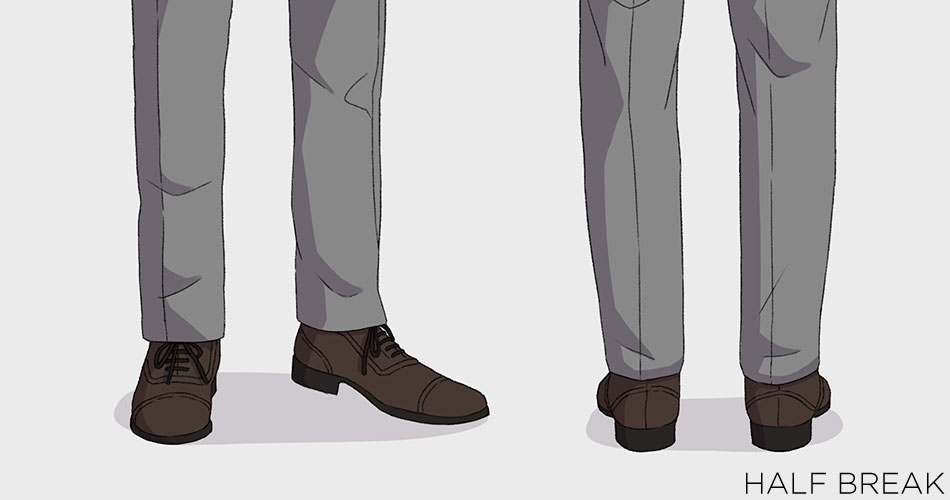
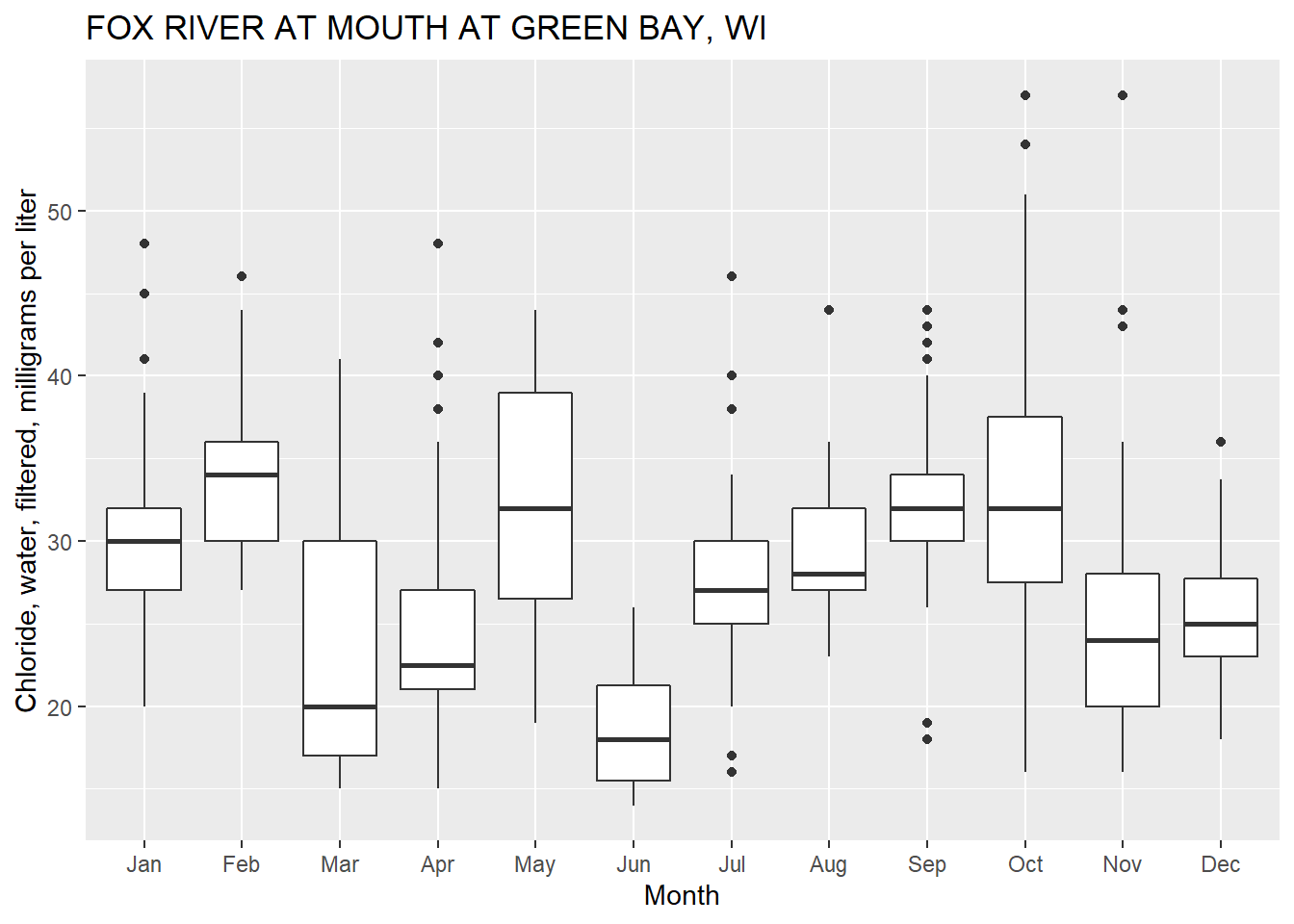





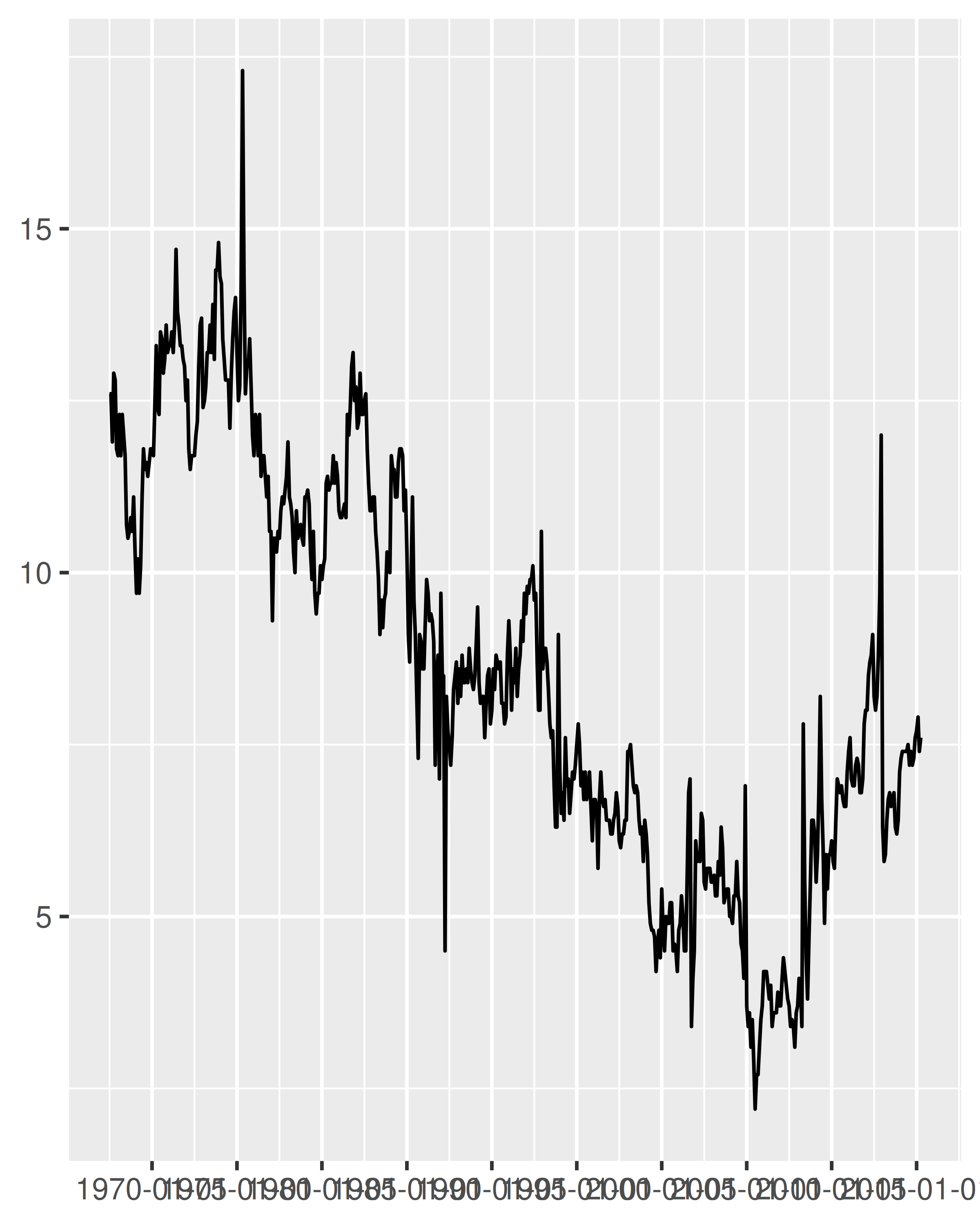
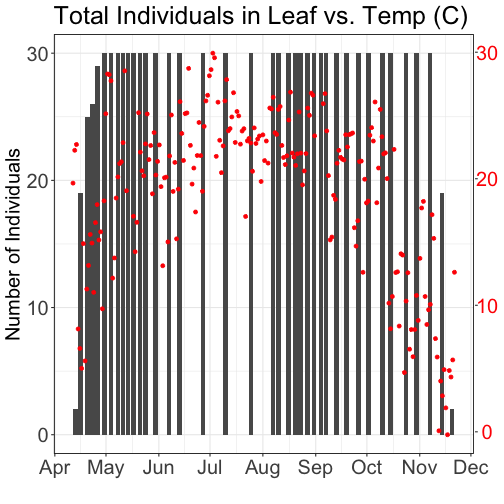




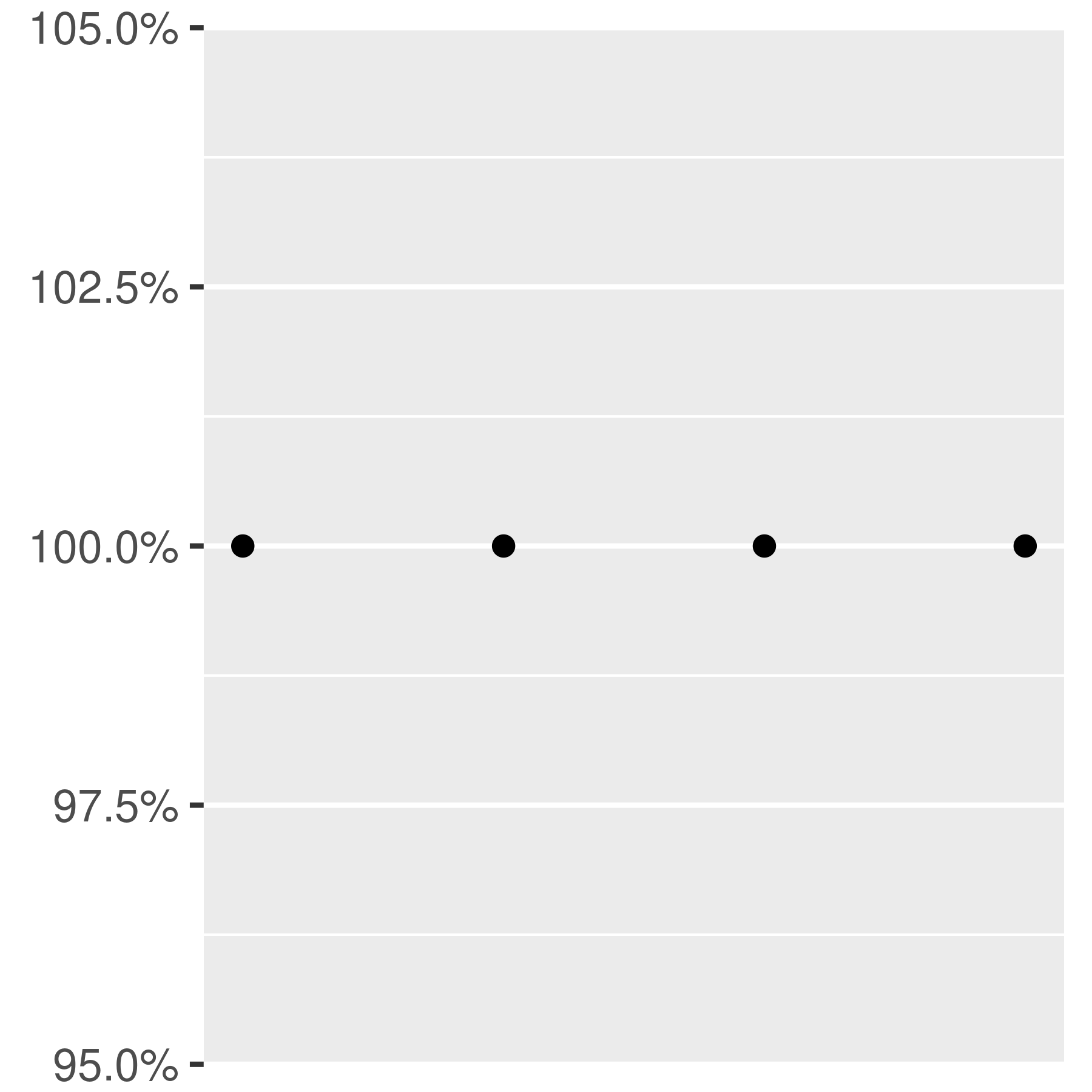

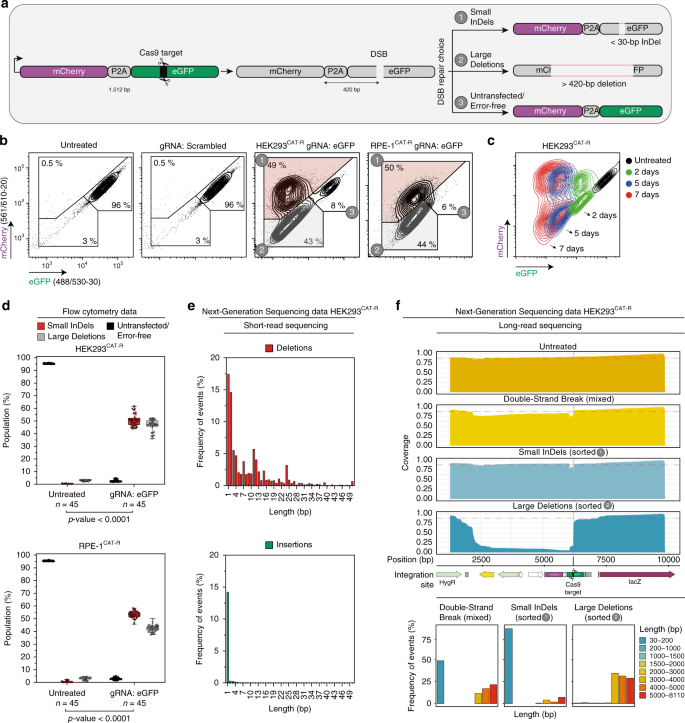



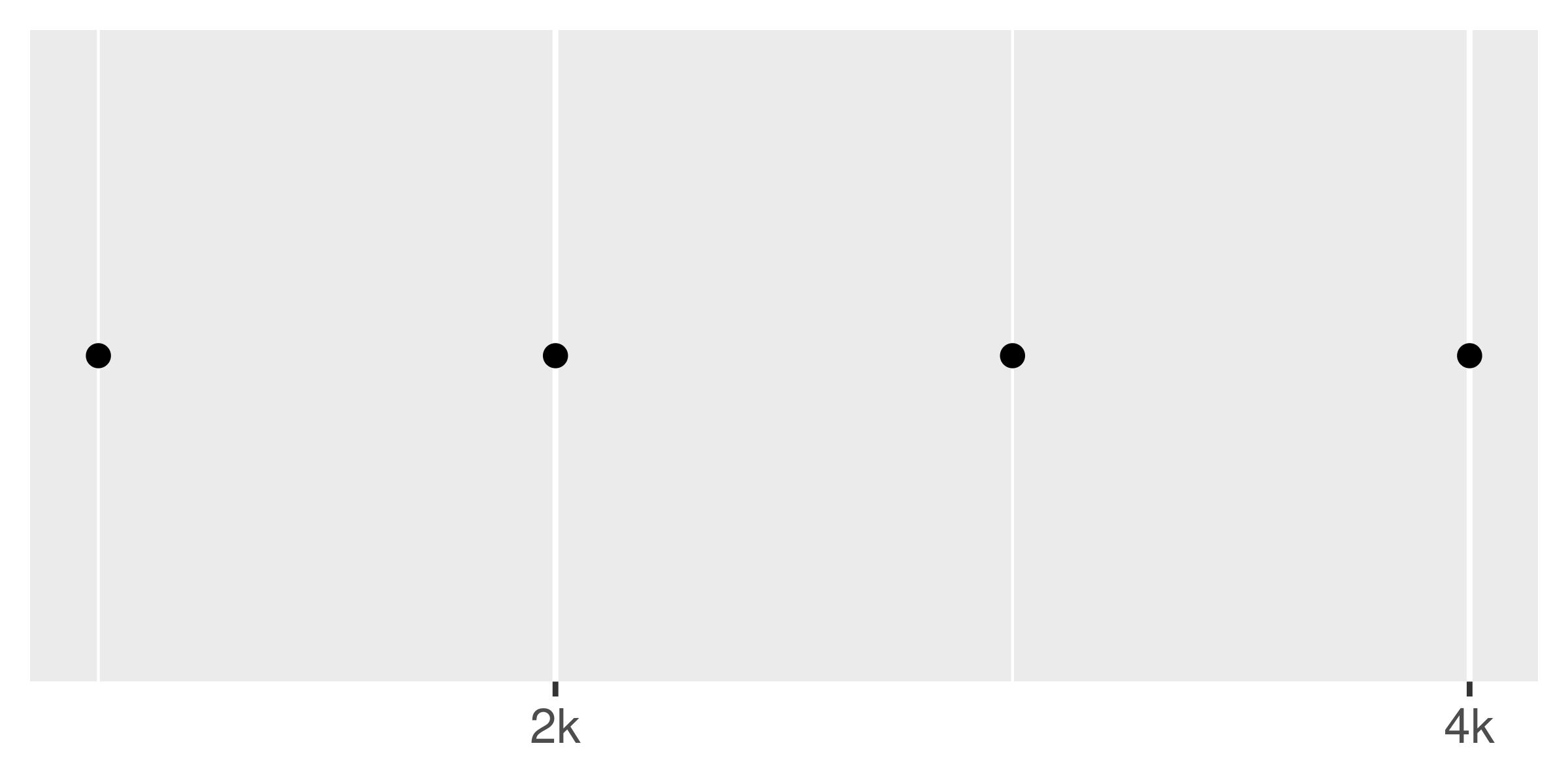

















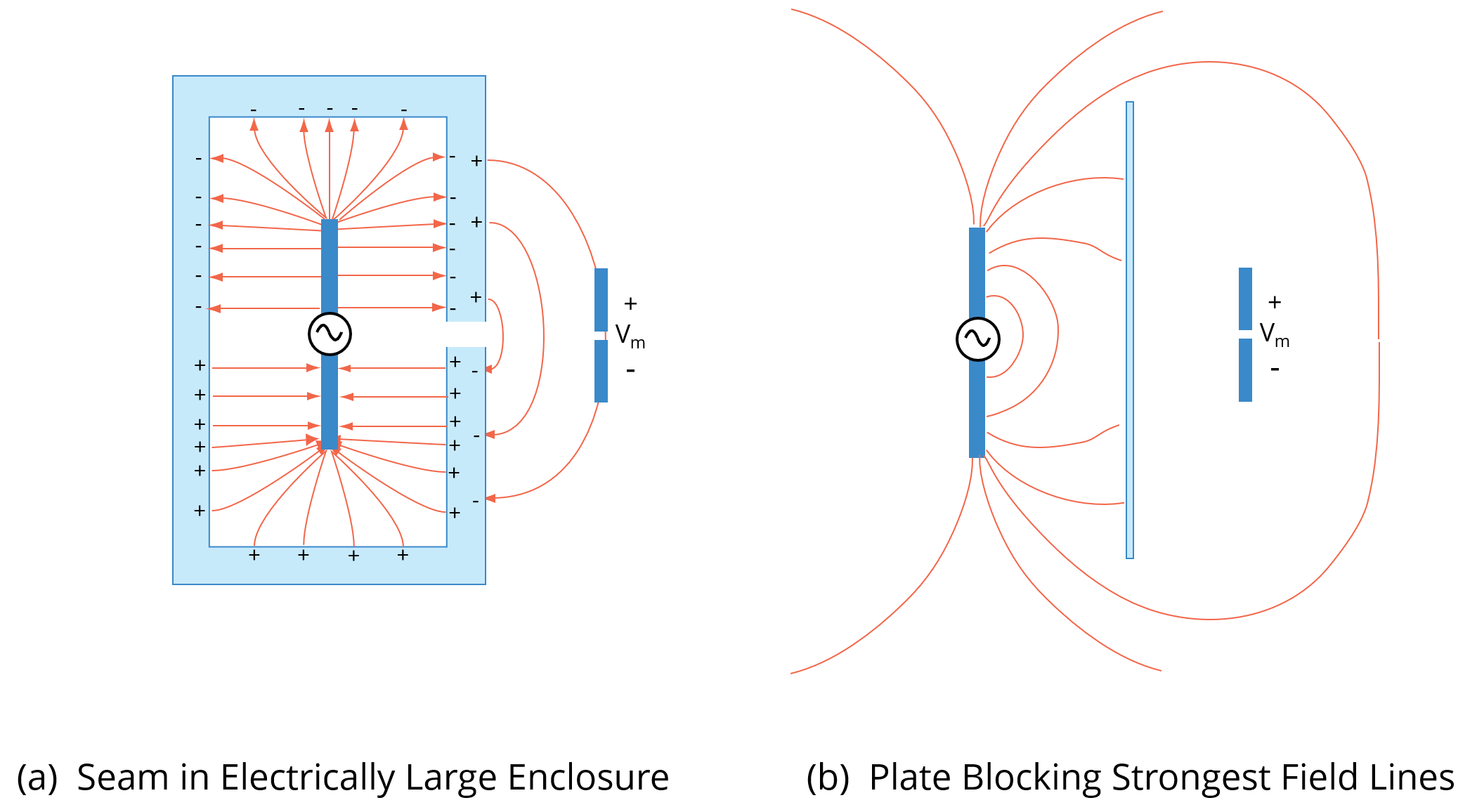

Post a Comment for "43 r cut lengths of 'breaks' and 'labels' differ"